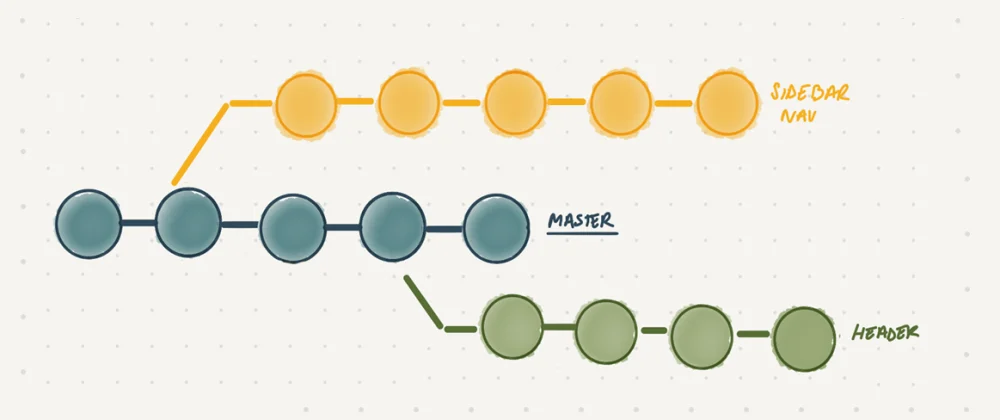Git Tutorial
Introduction
If you're a developer, it's likely that you've used Git at some point in your career. But what do you know about it? How do you use it? And why should you care? In this tutorial, we'll cover all the basics of Git and prove to be useful to anyone who's ever wondered why they should use this cool tool.
Intro
Git is a version control system, which means it can keep track of changes made to files over time. This is useful when you make large changes to code and want to be able to go back if something goes wrong later on.
Git also has a distributed model where the whole history of each file is stored in different places on different computers, so if one computer crashes or gets infected by malware then other machines still have access to their own copy of that file so they don't lose anything important. It's like Dropbox except it doesn't cost money!
Git Basics
Git is a version control system. It's used to track changes to files over time, so you can see what was changed and when.
Git is distributed: It works on multiple computers at once, rather than just one central server. That means that if someone makes a change in one computer (say, your laptop), it will be available to other users who are also using Git on their laptops or desktops as well! This makes it much easier to collaborate with others on projects—and even allows for better security because there are no servers involved in storing data locally (instead of having all your data stored remotely).
Remove
git rm
git rm --cached
git rm -r
git rm -r --cached
Git Log
The git log command is a great way to see what has been happening in your repository over time. To use it, type:
git log
This will show you the history of your repository and allow you to view each commit that was made. If you'd like more information about why commits were made, then use the following syntax:
git log -p --oneline | less
This will show you who made those commits and when they were made.
Undo Local Changes
When you make a mistake, it's best to undo the changes. Use git checkout and you'll be back where you were before committing those changes. If that doesn't work, use git reset --hard (or --harder) to undo everything from top-to-bottom—or even harder if necessary! You can also use Git's revert command if needed:
Branching & Merging
Branches are copies of your code base. They allow you to isolate changes in a code base without affecting the main branch, which can be useful for making sure that certain changes don't affect other parts of the project. You can merge branches back into the main branch at any time and even create new ones from any commit.
In this tutorial, we'll show how to create a new repository using an existing one as an example (if you don't have an existing repository yet, watch our previous video on creating your first Git repo).
Git Tags
Git Tags are a way to mark specific points in time. They're not like branches, they're permanent and don't change. Tags are like bookmarks that point you back to the exact same state of your repository as when you started working with it. For example, if you tag your first commit with a name such as "my first commit," then any future commits will be tagged with that same name (and only).
You should know how to use Git.
Git is a version control system. A version control system is a tool that allows developers and other people who work on the same project (or group of projects) to collaborate on code changes.
Git allows you to keep track of all your changes, so they’re easy to revert if something goes wrong. That way, if someone makes a change that breaks something else in their own codebase—or worse yet, breaks something external like another website—you can fix it immediately instead of waiting until later down the line when everyone has forgotten why they broke up in the first place!
Conclusion
Git is a powerful tool that’s easy to use, but there are many different ways to use it. This article showed you the basics and how they can help you get your work done faster. If you have any questions, feel free to contact us through our website or by emailing us at [email].
